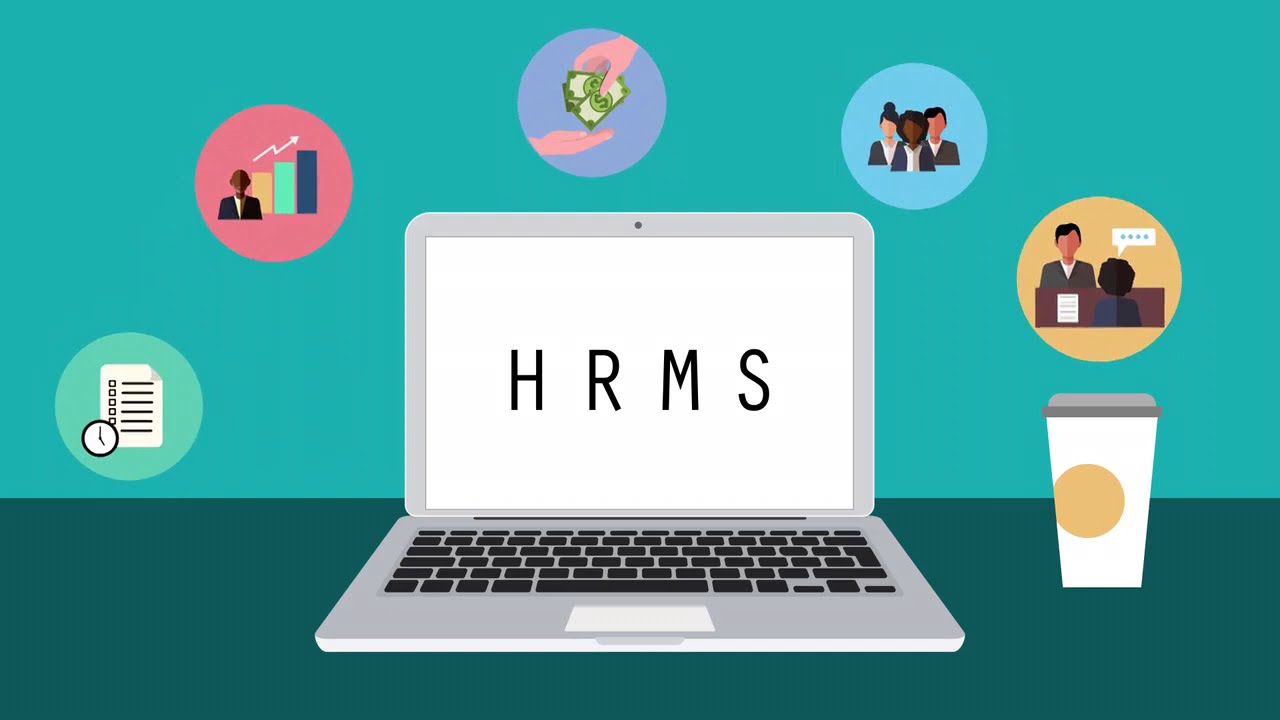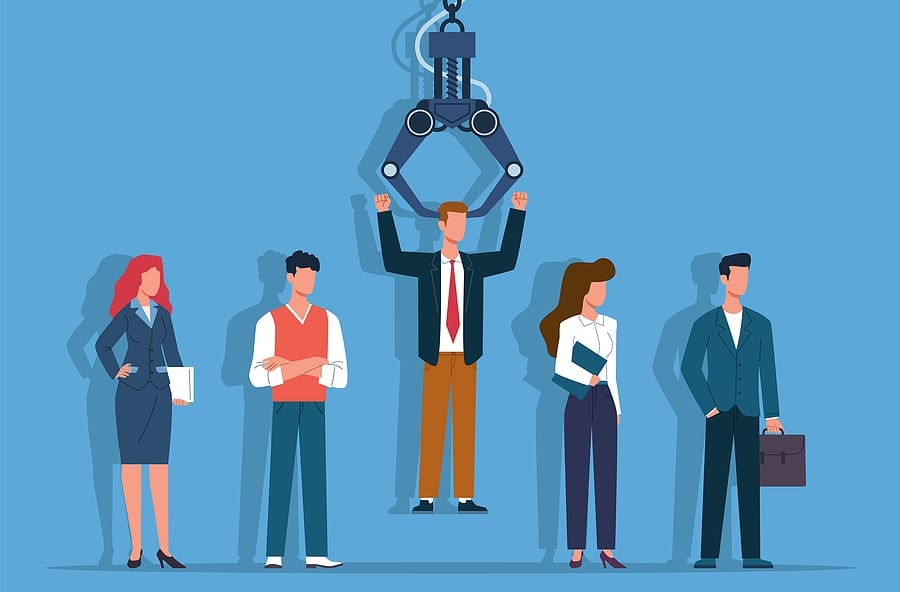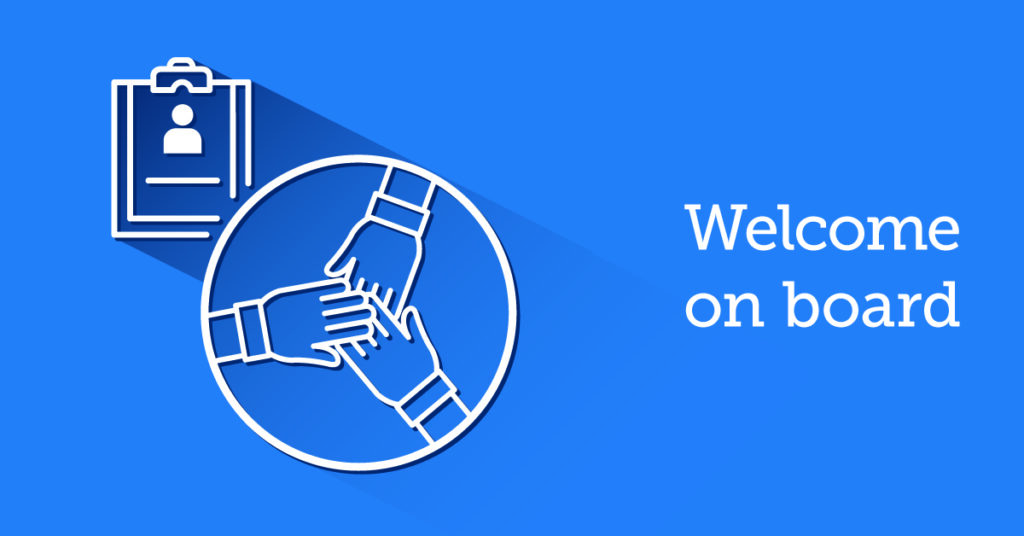
Whether you are trying a free HRMS because it is your first time or going for an end-to-end premium because you are all in, there is some concrete, fundamental, and ubiquitous features to look at when opting for an HRMS (Human Resource Management Software/System).
But, before hopping onto the topic, let us tell you a basic definition of HRMS in case you are a newbie. The name says it all; the system manages and streamlines HR processes from head to toe. It is a software where your employees and HRs get to connect and access the information in only one platform, instead of visiting several time-consuming portals, sending dead-end mails, or arranging unnecessary meetings. It integrates several existing processes and systems to ensure smoother, faster, flawless human resources management.
Now, we have the technology’s underlying knowledge, now we are ready to take off. Here are the most popular HR features you will get in a quality HRMS, even if it is for free.
HR Database
As aforementioned, HRMS tidily stores, secures, and manages employees’ data like name, birthday, email address, phone number, address, and job role. It helps to modernize record-keeping, training undertaken, and performance management assessments. This probably is the most obvious HRMS feature but also the most critical as it is responsible for personal information storage (possibly bank details for salary disbursement and payroll purposes) and therefore becomes the most fundamental.
Recruitment

From automated assessment processes like interview scheduling to bespoke pipelines for different roles, a recruitment module should be competent enough to handle it all. It should ease the lives of HRs with internal form-filling, posting advertisements, supporting documentation online, offering applicant tracking, and even initial sifting. Of all the HR technology in the past, the hiring unit has shown proven benefits in being compatible with social media to the utmost extent.
Time and Attendance
This feature of HRMS has played a huge role during pandemics when everyone is working from home to keep an error-free track of logins, logouts, time-off, and overall attendance. Even if you are working from the site, the system offers the incorporation of biometric identification, directly networking to an integral HR team to remove ‘buddy punching’.
Onboarding

Again, this module of HRMS has been a great help to HRs for settling in new joiners. With exclusive features like pre-first day preparation, automatic scheduling of necessary meetings, compliance with legislative mandates, and gamified learning, HRMS makes onboarding and induction procedures easier. The cloud-based system radically unburdens HR teams as the new joiner can be ‘introduced’ to the necessary stakeholders and to the company itself. Other than modules that we have mentioned above, you can also leverage features like performance management, benefits administration, workforce management, learning and development, talent management, HR analytics, and payroll from a single system named HRMS. These are fundamental features of an HRMS but that doesn’t mean that they all are the same as there is an enormous variety in how the mentioned features will get implemented and executed. Therefore, do your homework carefully and shortlist systems that will actually go with your working style.